JEREMY RHEES
Industrial Design portfolio
I strive to bring extraordinary delight to ordinary life through my designs. Please explore my
latest work below.

CONNECT WITH ME:
rheesjeremy09@gmail.com
801-502-6408


Design a Rotary Cheese Grater
for the SMEG 50's Style brand.
(September 2023 - December 2023)
MOOD BOARD



smooth
rounded
streamlined
simple





pastel
playful
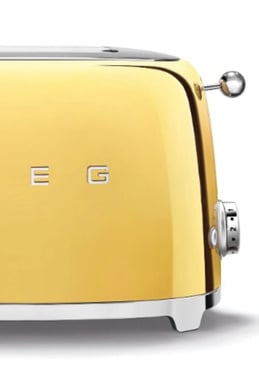
retro
chrome









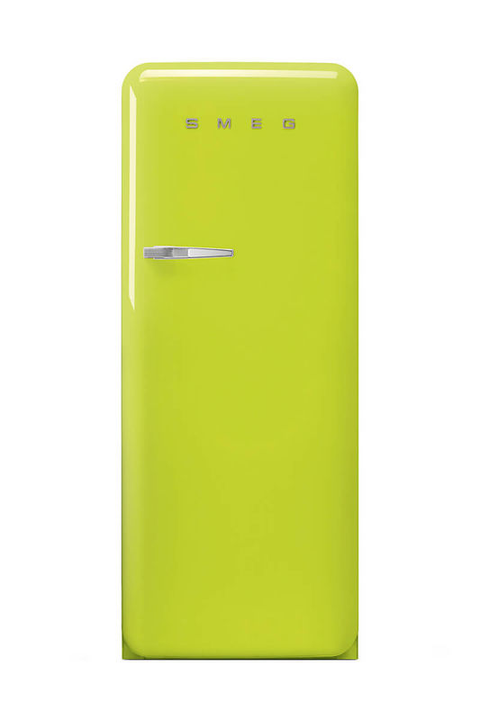
AI Exploration (Midjourney)
“/imagine - SMEG 50's style rotary cheese grater”

“/imagine - Chrome retro-futuristic rotary cheese grater”
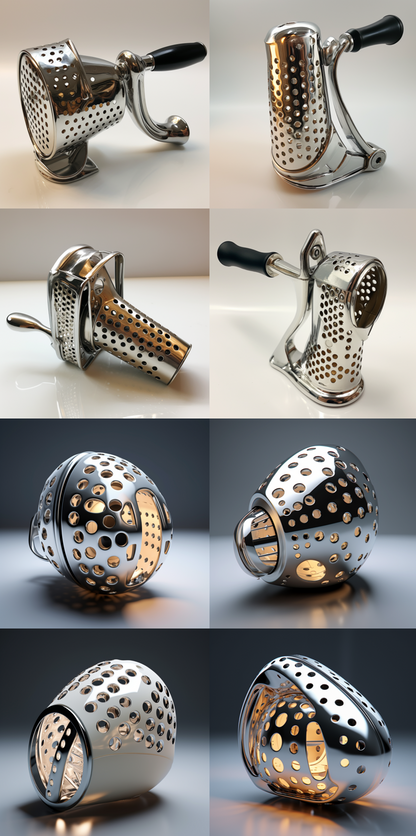
“/imagine - Retro cheese grater inspired by classic Fiat 500”


SKETCHES
3D MODELING

FINAL PRODUCT



pastel
playful
retro
chrome
smooth
rounded
The final product loudly proclaims that it’s a SMEG appliance with its smooth, rounded form, exuberant use of chrome, and shiny, metallic finish. This rotary cheese grater would feel welcome in any upscale Italian restaurant or ultra-modern home kitchen.



streamlined
simple


PING PONG
FOR ALL
Explore the experience of ping pong for an individual with a disability
(August 2022 - September 2022)
Initial EXPERIMENTS
I created many prototypes to test with different types of people with certain conditions. I was fortunate enough to test these out with classmates and get their feedback. In order to find direction, I thought of how I could address certain problems people face while playing ping pong in a simple, yet effective way.


wheelchair users

wheelchair users

carpal tunnel syndrome

short fingers

very sweaty hands

small children in high chairs

very short people

I settled on wheelchair users as my primary focus because I wanted to address the challenge of limited mobility and range during gameplay. More importantly, I hope to help these individuals find more enjoyment in being active while embracing their own lifestyles.


PROTOTYPE 1
This design’s curved surface aimed to help players return the ball at a more accurate angle. Bumpers were placed on the side in case players wanted to flip the paddle around on the table.

While this prototype’s bigger, curved surface helped a little with ball return, it was very heavy and cumbersome to operate compared to a standard paddle. Interestingly, I noticed that Jeane’s playing was more successful when she gripped the paddle in the way shown below. I decided to accomodate that in my final design.


PROTOTYPE 2



This paddle features a handle with two cross points, which allows the player to switch grips between hands easily. It is also significantly lighter and has padding around the handles, making it more comfortable to use.

Jeane liked how lightweight the paddle was, and she appreciated the squishy padding on the handle. She was able to hit the ball much more consistently compared to a standard paddle and had fun doing it. :)



FINAL RENDER

This novel design stays true to the original culture of Ping Pong by keeping the classic dimpled red face and sporty overall look. Having been designed with wheelchair users in mind, the paddle serves as a gateway to help these people further enjoy the game with more ease and playability.



PALM NAILER
Create a palm nailer design that fits the Craftsman brand and is intuitive to use.









The most prominent feature of the Craftsman products I noticed is the 45° chamfer feature. There's also a clear red, black and white color scheme with metal accents. The brand language comes across as clean, streamlined and simple, with a tough edge.



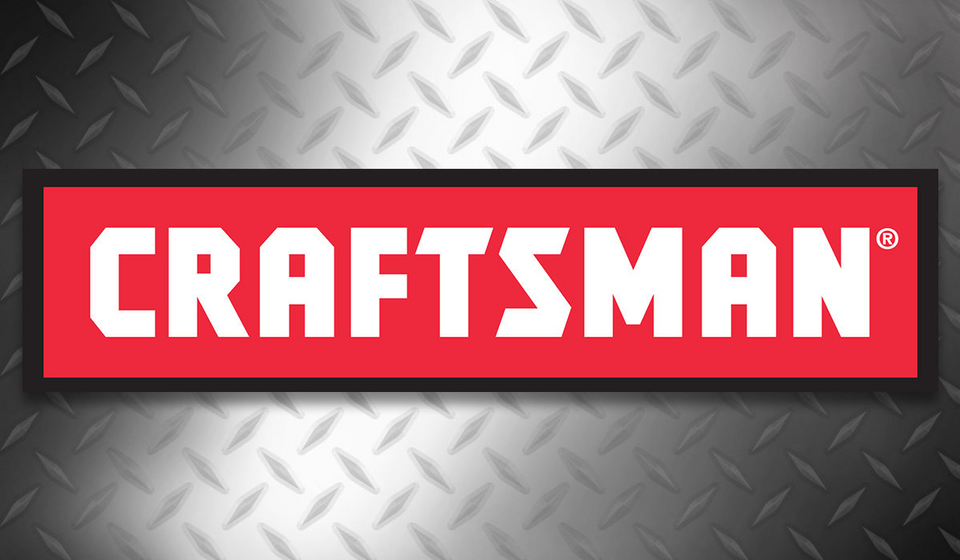

My aim
with these designs was to make a simple, straightforward unit that was compact. In keeping with the brand, I stuck to the strong color scheme. I hinged many of my designs on Craftsman's famous 45° chamfer, and also experimented with their 5-pointed shield motif that can be found on some of their products.

I found it awkward to incorporate the traditional Craftsman logo, so I went with the idea of just including the "C".

This foam model was created to see how the palm nailer would feel in real life. I liked the strap attachment, and thought the top was comfortable to hold. However, the model seemed quite tall, so I made sure to shorten the final design.
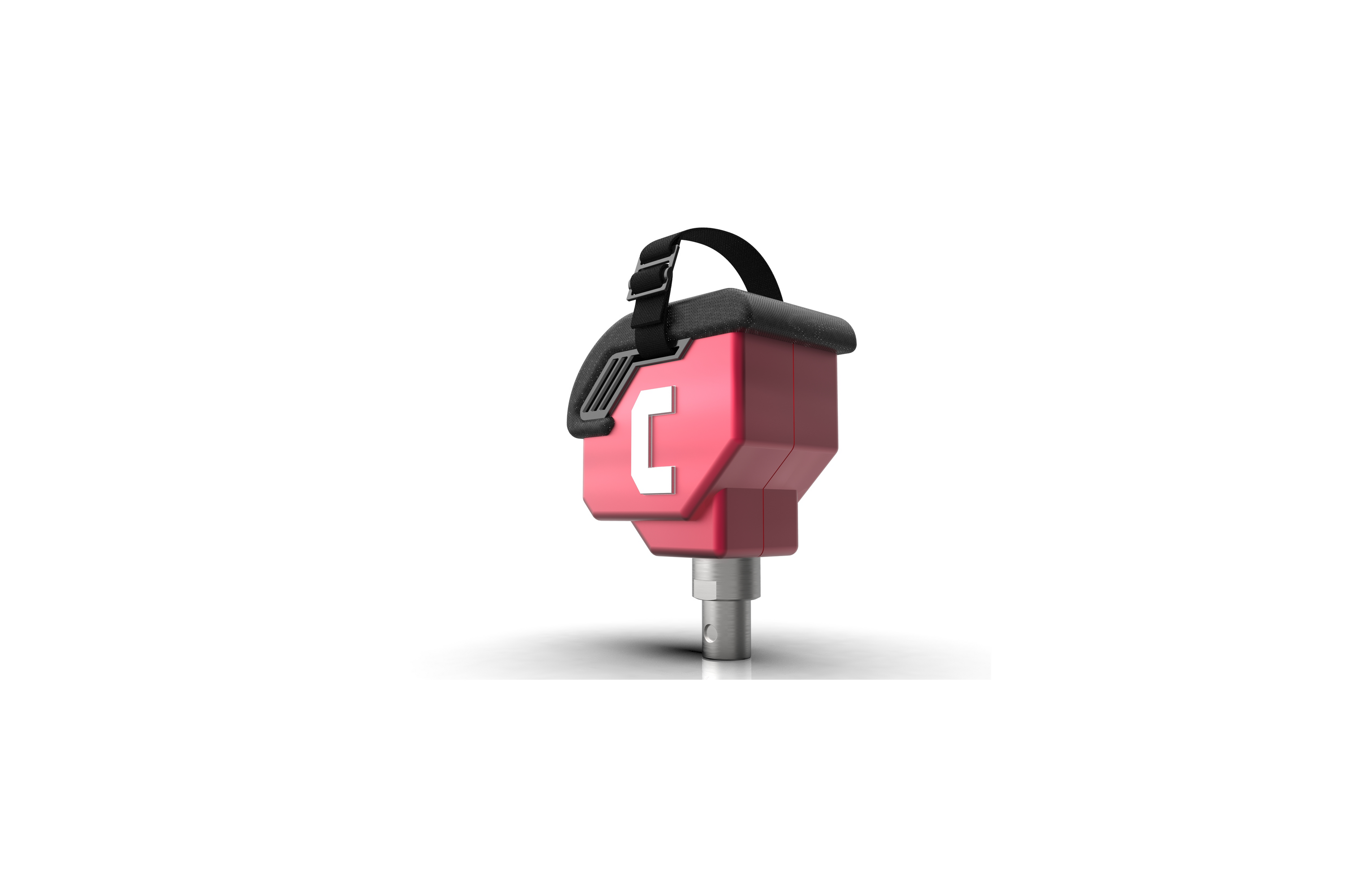

Tough, Dependable, Built to last.

BARSTOOLS
Challenge: In teams of four, design and manufacture ten barstools using a maximum of two main materials.
My Team

Eliza
Shaeda
Me
Vonnie
Sketches

After sharing personal sketch ideas, we unanimously decided to proceed with this one, created by Vonnie. Then we
discussed ways
we could improve on the design. We added two more bars to the frame and consolidated the ends to create legs (as seen on the picture to the right)



PROTOTYPE 1
This stool, made from steel rod and upholstered foam, was a good departure point. We felt that we had come up with something unique and intriguing. We liked the frame design especially, but we did not like its wide footprint, nor did we like the large, dominating size of the foam seat.

PROTOTYPE 2
For this prototype we wanted to deviate from our initial design to see if we’d be interested in a different aesthetic, so we employed a boxier, more straightforward frame and attached a cushioned seat on top. The seat was frumpy and impractical for kitchen use, and we found the frame to be less attractive and distinctive.
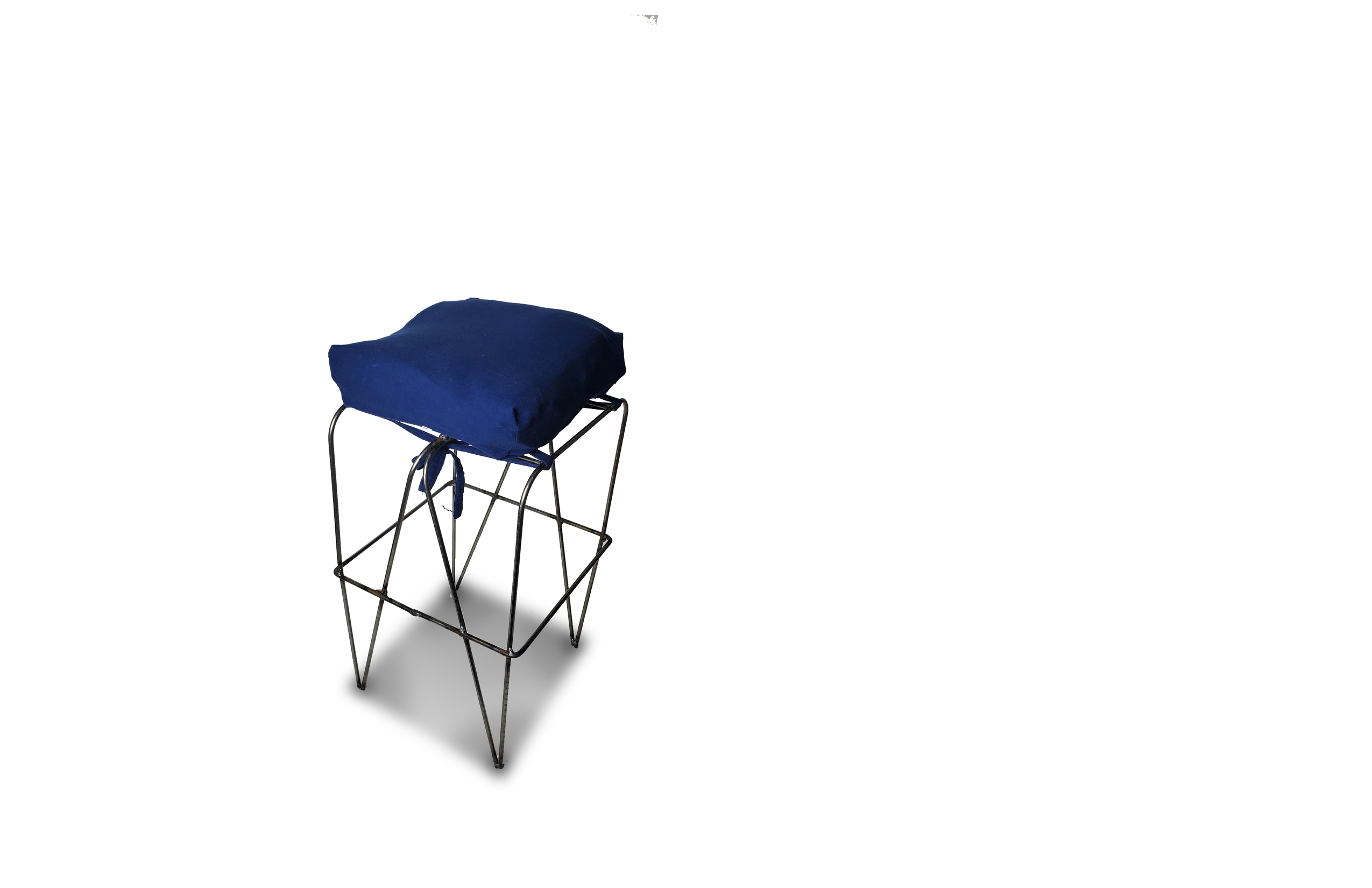


PROTOTYPE 2
We decided to return to the original frame design, but this time we bent the arches so they stood more vertical. We loved the result! We also experimented with using cork to dress the seat for added padding and style, but it was too expensive to be feasible. Ultimately, we chose to produce this design, but with a painted wood seat in lieu of the cork.

Production Process









The INDIGO stool
A fresh, new take on the traditional barstool that fits in the kitchen of any modern home. The name “Indigo” comes from the rainbow-like silhouette of the legs and seat. We were proud of how this design held the essence of our original sketches while exuding its own unique style.


(September 2023 - December 2023)
INSPIRATION
Yatai are wheeled wooden carts on wheels fitted with appliances to serve food. They were popular throughout Japan from the 17-20th centuries, but have now dwindled in popularity. Their ingenious designs present many clever storage solutions.
Honda’s Motocompacto is a modern electric scooter that is designed to be rideable around town when unfolded and stored in a closet or car trunk when folded. This presents a compact, tidy solution to the often difficult challenge of urban travel.
carmagazine.co.uk
countyhallarts.com


+

MODERN YATAI
Currently, there are almost no commercially available vehicles that are purpose-built for the needs of food vendors. With this collaboration between Honda and Rubbermaid, I hoped to present an easier way to serve their food, organize their businesses, and give their customers a taste of what they’re all about.

During the ideation process I thought of technical ways I could maintain a small footprint for when the vehicle was on the move but also provide a large enough space for when the business is in operation.
SKETCHES




Foldable, stowaway countertops extend out to create larger work surface

Refrigerated compartments feature countertop lids that stay level when opening
*This project is still in progress
UNFOLD AND OPEN
This basic design illustrates the mechanical components of the Modern Yatai cart.
TRASH
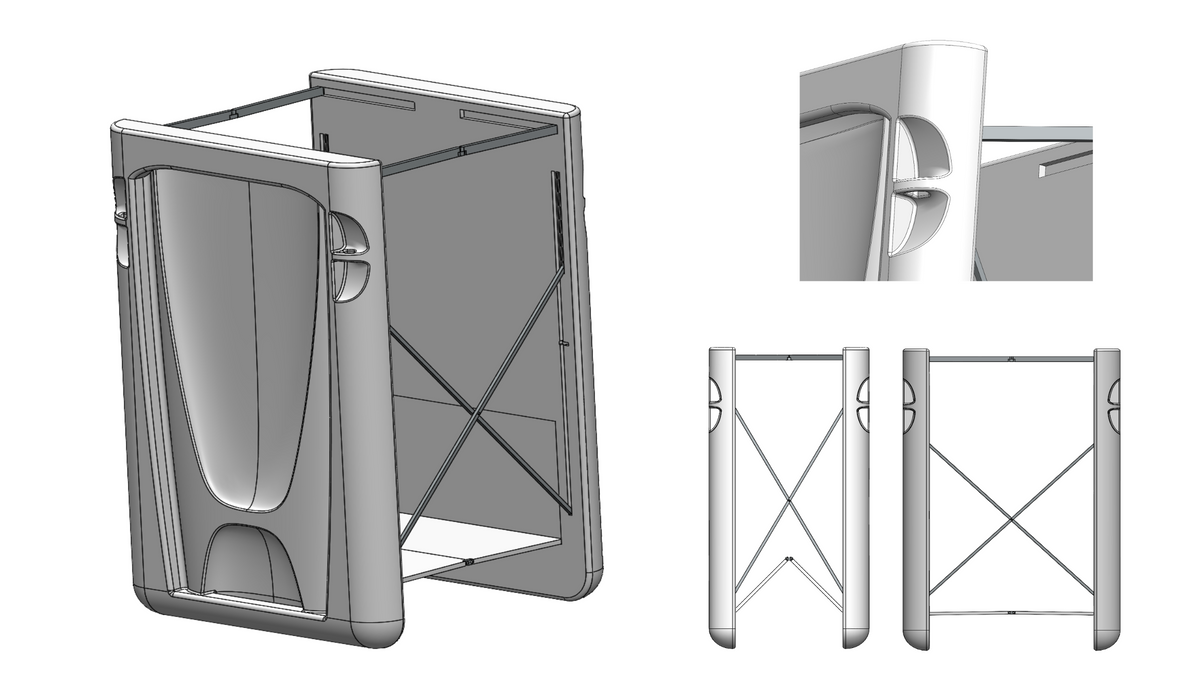

I also wanted to include an external element in my design. This trash bin aims to solve the problem of finding a place for full trash bags at the end of the day. During service hours, this foldable receptacle acts as a durable trash bin that can then attach to the back of the vehicle either with the bag inside or compacted.

Loops on each corner for bag corners to be stuffed into; no need to tie.
Structure folds out with metal support beams to securely hold the bag and the trash inside



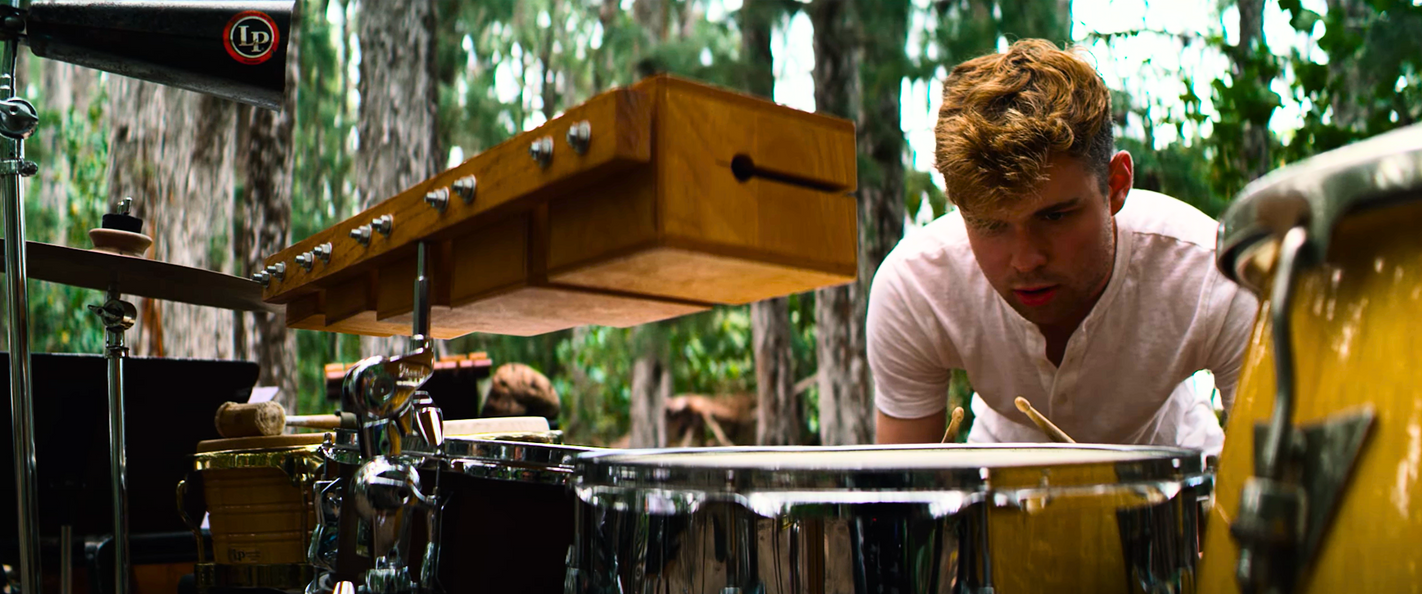
ABOUT ME:
I grew up in South Jordan, Utah to an amazing family with American, European and Korean influence. I quickly developed a passion for music, as well as a love for anything moving on four wheels. Every day of my early upbringing consisted of practicing piano, drawing cars and building various contraptions with LEGO bricks. As I grew older, I picked up an interest in gymnastics and percussion; both of which I still exercise today.
My love for automobiles and art pushed me to pursue a degree in Industrial Design, something I'm currently working towards at Brigham Young University in Provo, Utah. I’ve found a strong passion for the design process and hope to use it as a tool to help improve the lives of people around the globe. While at college, I love to hike, find the best dives in town for dinner, and spend time with my friends and roommates on my time off.
Below you will find a collection of the work I’m proudest of. While still at the beginning stages of my career, I nonetheless hope that the work I continue to do will impact future generations for the better and inspire new, delightful ideas for years to come.
Connect with me: